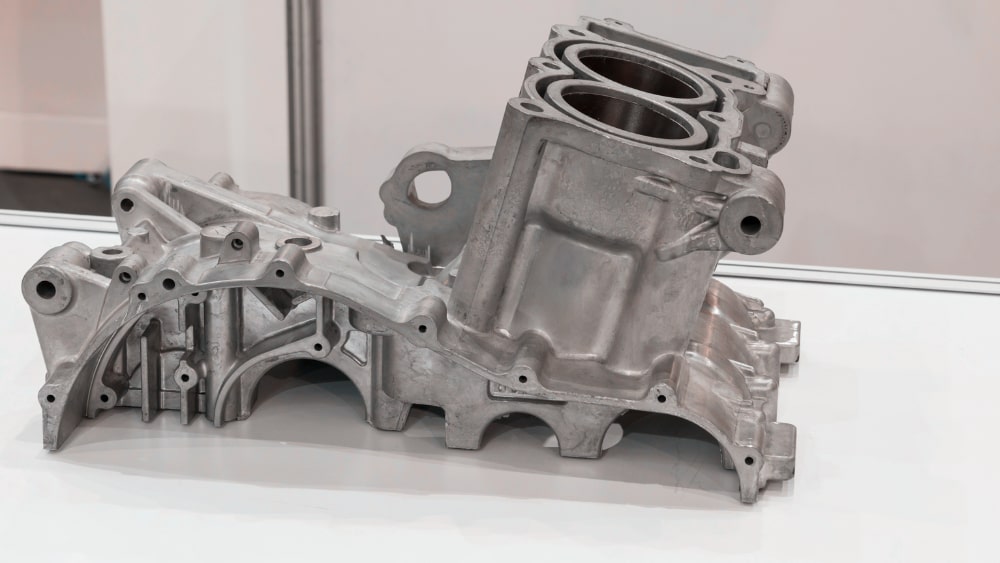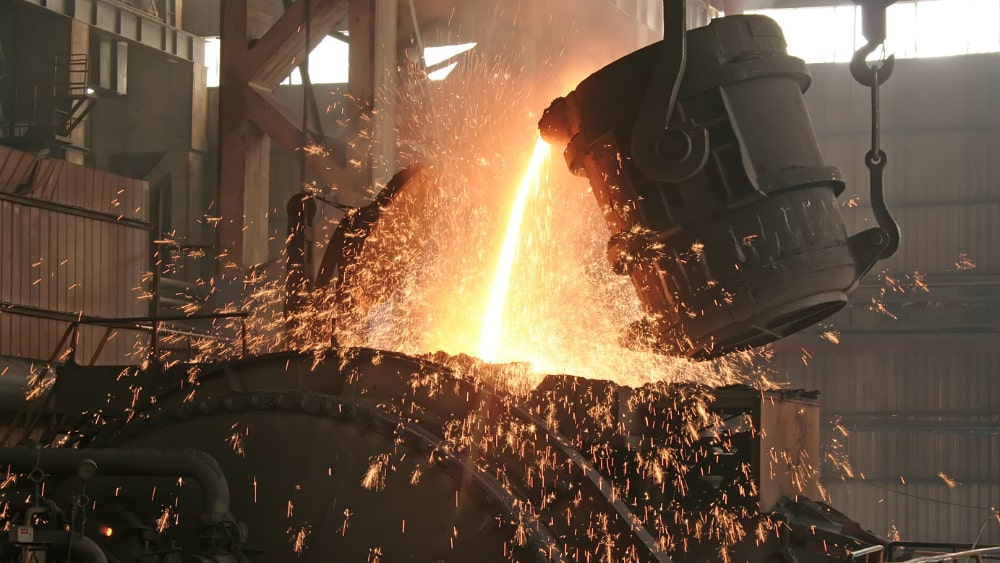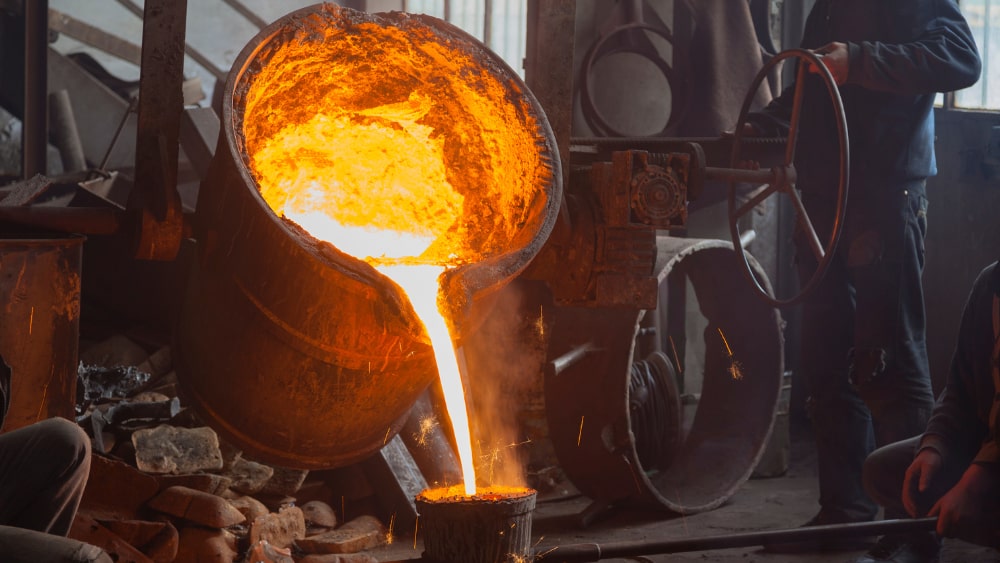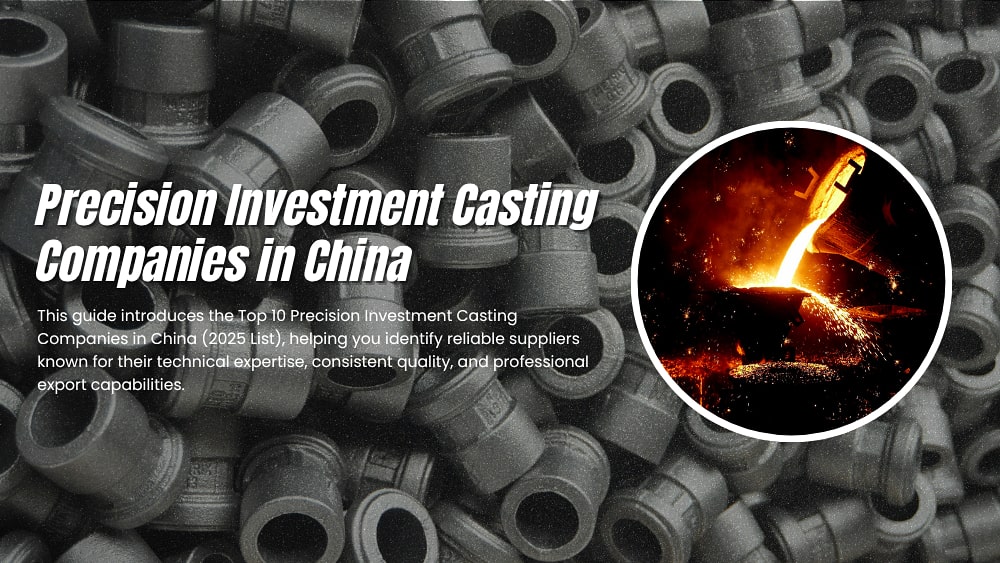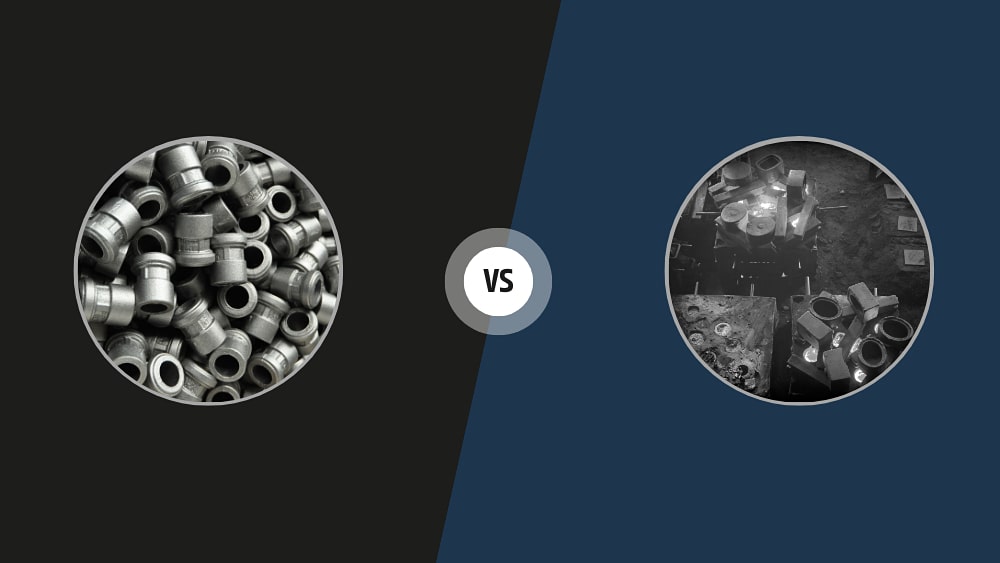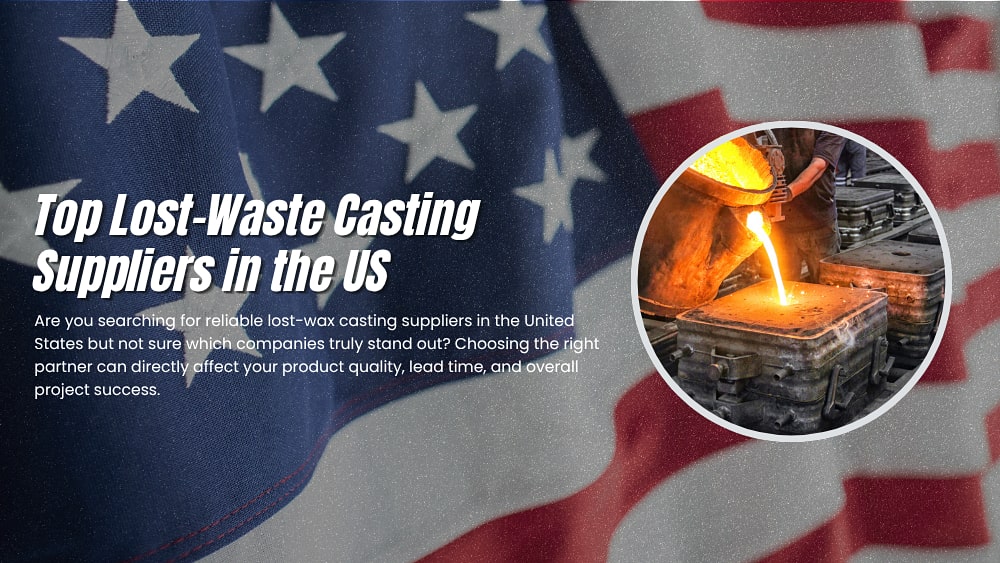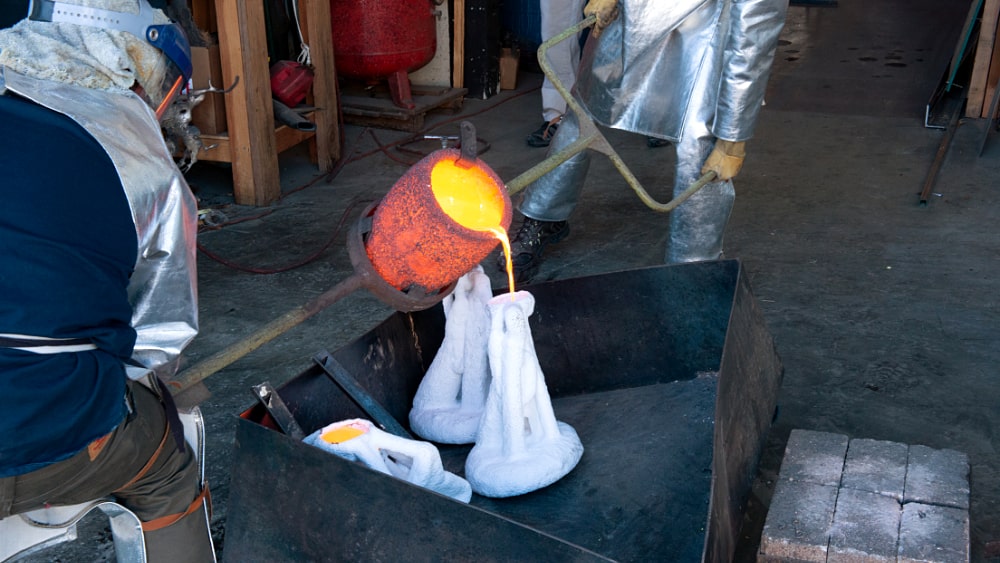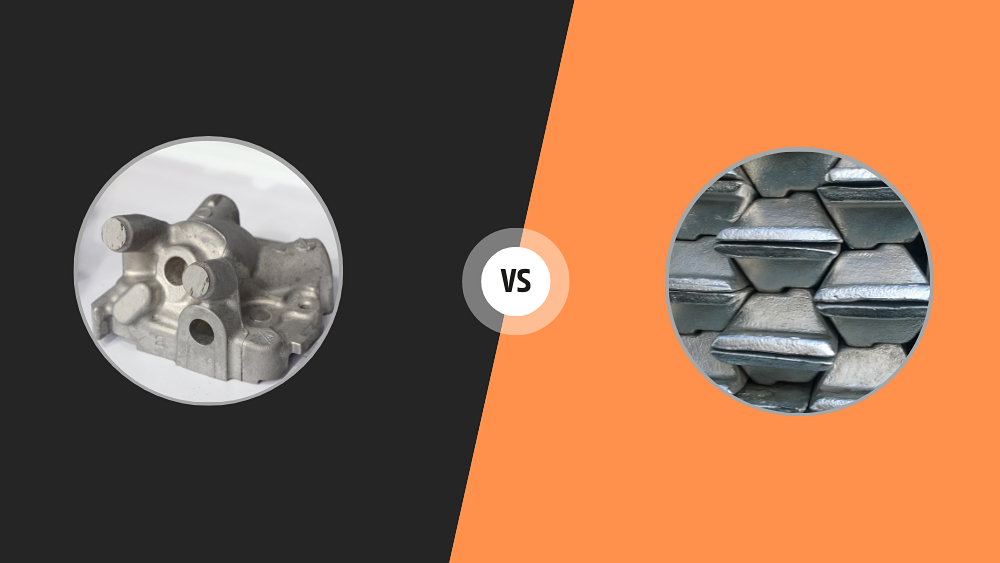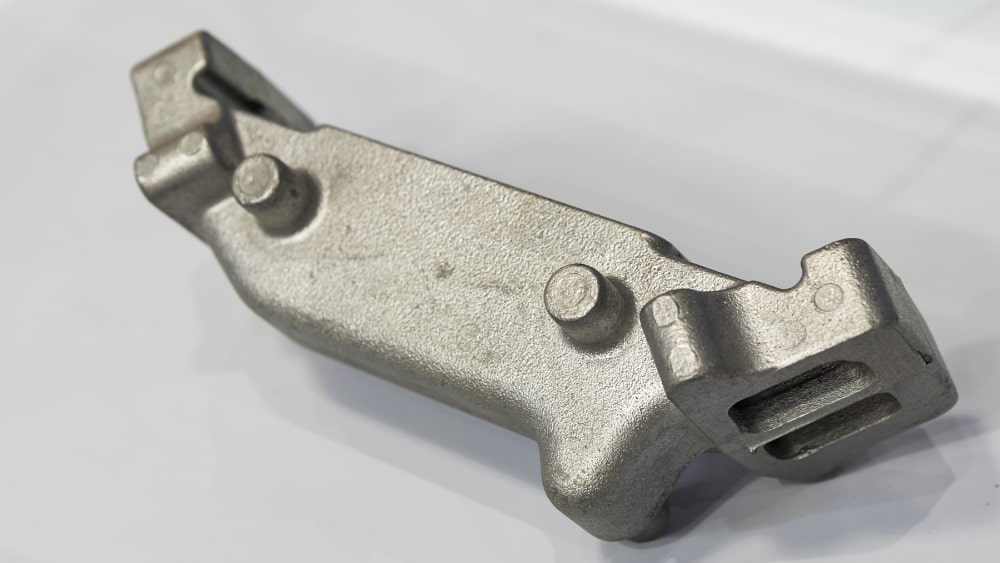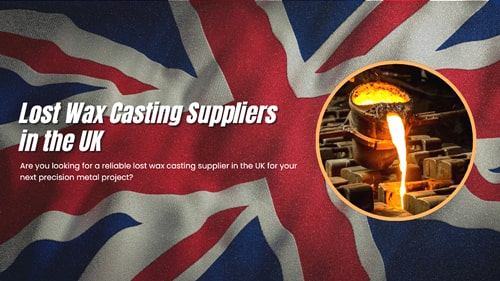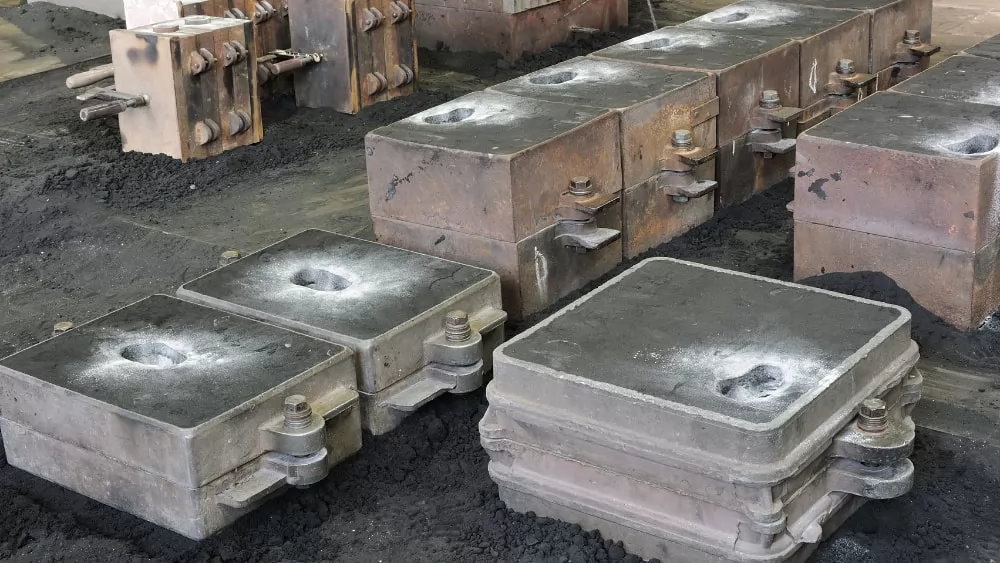
In choosing a casting process, a flawed decision can lead to significant cost waste and quality risks. Shell casting attracts numerous manufacturers with its excellent surface finish and dimensional accuracy, but the high cost of molds also deters many projects. Are you weighing the pros and cons of its high-quality output against the initial investment? This article will directly analyze the 7 advantages and 5 disadvantages of shell casting, providing you with a clear and unbiased process assessment to help you make the most cost-effective choice.
What is Shell Molding Casting?
First, a quick definition: Shell molding, also known as Croning process, is a metal casting process in which the mold is a thin, hardened shell of sand and a thermosetting resin binder. The resin-coated sand is dumped onto a heated metal pattern, causing the resin to cure and form a rigid shell around the pattern. This shell is then used as the mold cavity. Read in detail:What is Shell Molding?
Have a quick overview of the table
| Feature | Advantage | Disadvantage |
|---|---|---|
| Quality | Excellent surface finish, high dimensional accuracy. | - |
| Cost | Low labor cost per part, reduced machining. | High initial pattern cost, expensive raw materials. |
| Production | High production rate, suitable for automation. | Only economical for high-volume runs. |
| Design | Complex shapes, thin sections, low draft angles. | Limited to small/medium-sized parts. |
| Environment | - | Fume generation requires ventilation. |
Advantages of Shell Molding
Shell molding offers significant improvements over conventional green sand casting in several key areas:
1. Excellent Surface Finish
This is one of its biggest advantages. The sand grains used are very fine, and the mold surface is smooth and rigid. This results in castings with a superior surface finish (typically 125-250 µin RMS), reducing or eliminating the need for secondary machining or finishing operations.
2. High Dimensional Accuracy
The process allows for very tight tolerances (as close as ±0.002 inches per inch). The hard, rigid shell minimizes mold wall movement during metal pouring, leading to castings with consistent and precise dimensions.
3. Reduced Machining Allowance
Because the castings are so dimensionally accurate and have a smooth surface, the amount of extra metal that must be left on for machining (machining allowance) is significantly less than in sand casting. This saves material and machining time.
4. High Production Rate
The process is well-suited for mass production. The shell molds are light and easy to handle, and the entire process, including pattern preparation, mold creation, and casting, can be highly automated.
5. Low Draft Angles Required
The resin-bonded shell shrinks slightly away from the metal pattern as it cures, allowing for easy removal. This means patterns can be designed with very low draft angles (as little as ½° to 1°), which saves material and is closer to the final desired shape of the part.
6. Low Labor Costs
Due to the high degree of automation possible, the labor cost per casting is relatively low compared to more manual sand casting methods.
7. Minimal Cleaning and Finishing
The castings have clean, well-defined edges with minimal flash (thin fins of unwanted metal). Gates and risers can be easily knocked off, reducing the time and cost of cleaning the finished casting.
8. Complex Shapes and Thin Sections
The fluidity of the molding sand allows it to accurately capture intricate pattern details. It is excellent for producing castings with complex geometries and relatively thin walls.
Disadvantages of Shell Molding
Despite its advantages, shell molding has several limitations that make it unsuitable for some applications:
1. High Pattern Cost
The metal patterns (typically iron or steel) required for the process are expensive to manufacture. They must be robust enough to withstand repeated heating and cooling cycles. This high initial cost makes the process economically unviable for small production runs or prototyping.
2. Limited to High-Volume Production
The high pattern cost means that shell molding is only cost-effective for large batch or mass production, where the cost can be amortized over thousands of castings.
3. Size and Weight Limitations
There is a practical limit to the size of castings that can be produced. While possible, creating very large shell molds is challenging and expensive. The process is most economical for small to medium-sized castings, typically ranging from a few ounces to around 50-100 pounds.
4. Higher Raw Material Cost
The resin-coated sand is more expensive than the raw materials used in green sand casting. While much of the sand can be recycled, there is a continuous cost for new resin and sand.
5. Environmental and Fume Concerns
The thermosetting resins (e.g., phenol formaldehyde) release fumes (including formaldehyde) during the "curing" process when the sand contacts the hot pattern. This requires effective ventilation and fume extraction systems to protect workers and the environment.
6. Limited Mold Permeability
Although the sand is fine, the shell mold is relatively thin, which generally provides adequate permeability. However, for some alloys or very thick sections, the lower permeability compared to a thick, porous green sand mold can sometimes lead to gas defects if not properly managed.
7. Specialized Equipment Required
The process requires specific equipment like a pattern-heating oven, a dump box, and an oven for baking the assembled shell molds, representing a significant capital investment.
Conclusion
However, for low-volume production, very large castings, or prototyping, the high initial pattern cost makes other processes like green sand casting or investment casting more economically feasible. The choice ultimately depends on the part's specifications, required quality, and production quantity.
If you encounter any challenges in evaluating shell casting processes, or have doubts about whether the process is suitable for your specific part, Qianhao is a partner you can trust. We have a strong professional technical team and mature production solutions, committed to providing customers with end-to-end services from process selection and solution optimization to precision casting.


